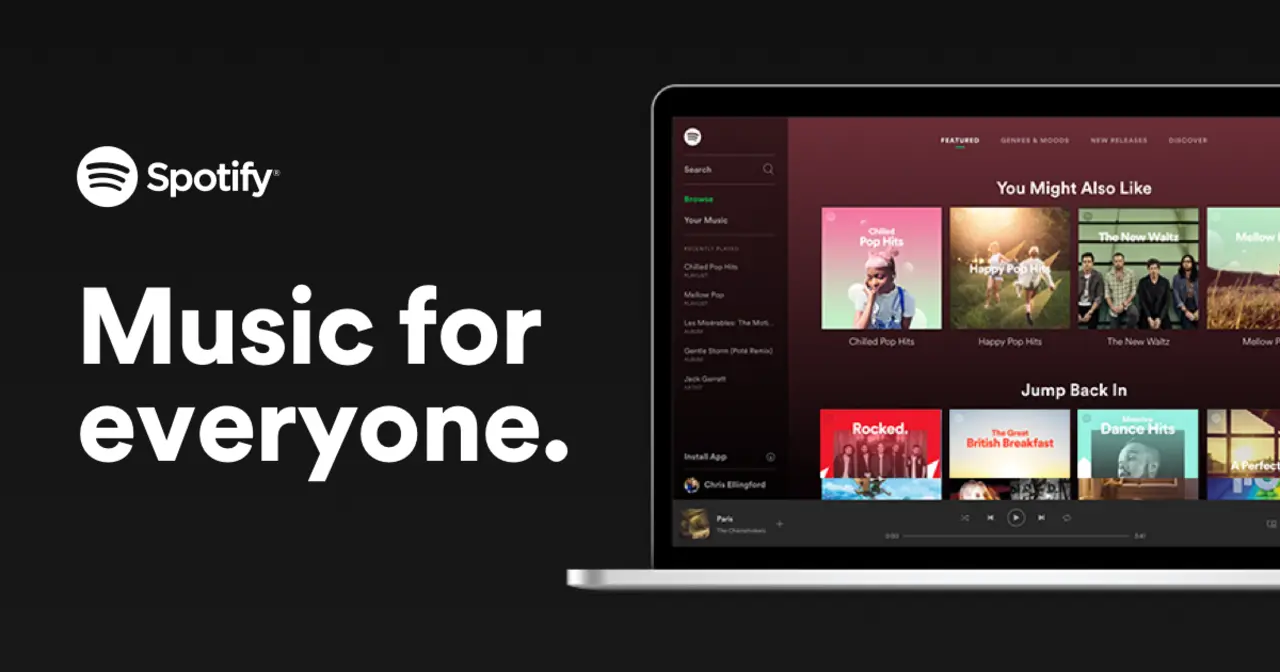Discovering the Foundation: The Spotify Web App's Backend
Let's start our journey by exploring the backbone of the Spotify web app – its backend. The backend is responsible for handling all the data transactions between users and the Spotify servers. In the case of the Spotify web app, the backend is primarily built using Java and Python. These two robust and versatile programming languages are widely popular among developers for creating highly efficient and scalable web applications.
Java, known for its 'write once, run anywhere' philosophy, is the main language behind the backend. It offers excellent performance, portability, and ease of use, making it a natural choice for Spotify's development team. On the other hand, Python's simplicity and readability make it perfect for handling various tasks and microservices within the app's backend. Both languages work in tandem to deliver a smooth, reliable, and seamless experience for millions of Spotify users.
Constructing the User Interface: React and JavaScript
Now that we have a grasp on the underlying technologies powering the backend, let's shift our focus to the frontend – the part of the web app that users interact with. Spotify's web app uses a combination of JavaScript, React, and Redux to create a visually appealing and highly responsive user interface.
JavaScript is the primary language used for building the frontend, as it is the de facto language for client-side web development. It allows developers to create dynamic content, handle user input, and manage various elements on the web page. React, a popular JavaScript library developed by Facebook, is used for building the user interface components. React makes it easy to create reusable UI components, manage the state of the application, and efficiently update the components as the state changes.
Additionally, Spotify uses Redux, another JavaScript library, to manage the global state of the application. Redux provides a predictable state container, allowing developers to efficiently manage and debug the application state. By leveraging these cutting-edge technologies, Spotify's web app offers a highly interactive and engaging experience to its users.
Styling the Experience: CSS and Sass
Moving on to the aesthetics of the Spotify web app, we find that it uses CSS (Cascading Style Sheets) and Sass (Syntactically Awesome Style Sheets) to style its user interface. CSS is a stylesheet language that defines the appearance and layout of elements on a web page, while Sass is a CSS preprocessor that extends the capabilities of CSS with features like variables, nested rules, and mixins.
Spotify's development team uses Sass to create modular and maintainable stylesheets for the web app. Sass enhances the development process by allowing developers to write more manageable and organized CSS code. This results in a visually coherent and appealing user interface that is consistent across different devices and browsers.
Enhancing Performance: Webpack and Babel
Performance is a crucial aspect of any web application, and Spotify's development team employs various tools to optimize the web app's performance. Among these tools are Webpack and Babel, which play a vital role in enhancing the app's speed and efficiency.
Webpack is a popular open-source JavaScript module bundler. It takes modules with dependencies and generates static assets representing those modules, effectively reducing the number of HTTP requests required to load the application. This results in faster load times and an overall improved user experience. Babel, on the other hand, is a JavaScript compiler that allows developers to use the latest JavaScript features while ensuring compatibility with older browsers. By using Babel, Spotify's web app can leverage cutting-edge JavaScript features without sacrificing compatibility and performance.
Managing Data: Google Cloud Platform and Bigtable
Spotify's enormous user base generates a massive amount of data that needs to be stored, managed, and analyzed. To handle this challenge, Spotify relies on the Google Cloud Platform (GCP) and its various services, such as Bigtable, Cloud Datastore, and Cloud Spanner.
Bigtable, a highly-scalable and fully-managed NoSQL database service, is the primary storage system for Spotify's user data and playlists. It offers low-latency and high-throughput performance, making it an ideal choice for storing and processing large amounts of data. Cloud Datastore and Cloud Spanner, other GCP services, are also used to manage user data and other metadata within the web app.
By leveraging the power of Google Cloud Platform, Spotify can efficiently store, manage, and analyze the vast amounts of data generated by its users, ensuring a smooth and personalized experience for each user.
Delivering Audio Content: Content Delivery Network (CDN)
Last but not least, let's discuss how Spotify delivers its vast library of audio content to users. To stream millions of songs to users across the globe, Spotify relies on a Content Delivery Network (CDN). A CDN is a distributed network of servers that work together to deliver content to users based on their geographic location, ensuring fast and reliable streaming.
Spotify's CDN is comprised of numerous servers strategically located across the globe, which cache and deliver audio content to users as efficiently as possible. This allows Spotify to provide its users with high-quality audio streaming with minimal buffering and latency. By utilizing a CDN, Spotify ensures a seamless and enjoyable listening experience for its users, regardless of their location.
